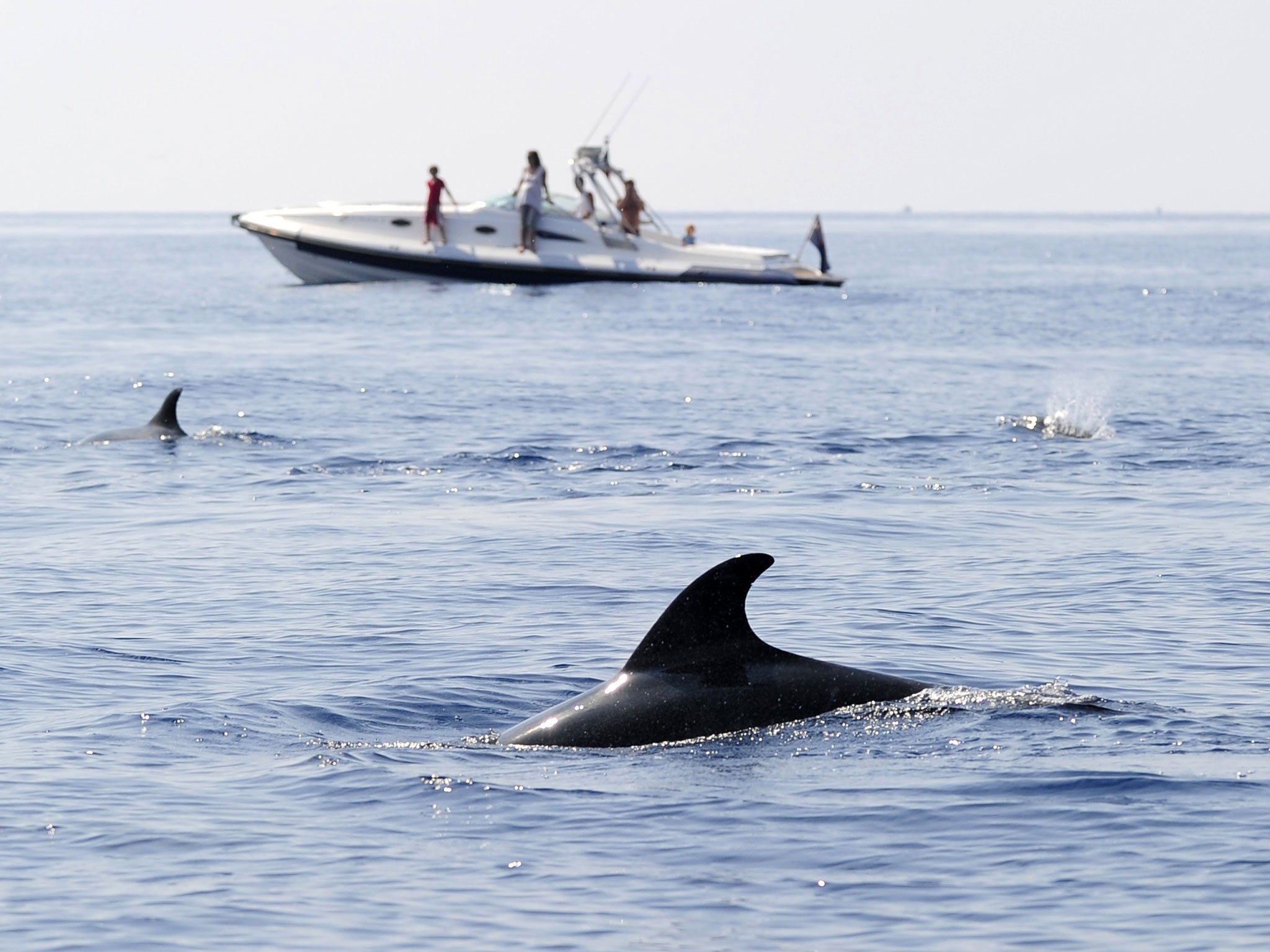Phil Mansbridge: The fragile bonds between tourism and wildlife
Something to declare

On one hand, the news from this week's Cites conference, held in Bangkok, was good: the international trade in manta rays and five species of sharks has been regulated for the first time, offering protection to extraordinary species including the great hammerhead shark. On the other hand, the news was bleak. After all, the Convention on International Trade in Endangered Species of Wild Fauna and Flora lists only species that are in real danger of being wiped out (though where the line falls is debateable; political wrangling means that polar bears have failed to find a place on the list).
Animals matter to tourists. We love watching, touching and interacting with animals on holiday. And tourist dollars are another way of helping to protect endangered species. If you read this column, you're probably a "responsible traveller" – but can you be sure you're not harming the very thing that you've gone out of your way to see?
Here's a test. You nip to Marrakech and watch the monkeys wearing hats. Would you take a photo and hand over money? Again, if you're reading this, you probably realise that the monkey isn't having the greatest life, and you wouldn't get involved.
OK, here's a tougher one. One of the great "bucket list" wishes is swimming with wild dolphins. There's nothing wrong with that, surely. Well, maybe if you found a lonely spot where it was just you and the dolphins. However, many opportunities to do this involve regular boat trips out to the areas where dolphins congregate. Continued "pestering" of the dolphins can force them from their home range; propellers can cause injuries; some operators will attract them with food, which causes behaviour change.
The purpose of Care for the Wild International, of which I am CEO, isn't to finger-wag or simply say "no"; the idea is to raise the issues, and offer alternatives. For example, if you want to see dolphins, head for Tarifa or Algeciras at the southern tip of the Iberian peninsula and take a boat across the strait – which is teeming with cetaceans – to Tangier in Morocco.
There are numerous other examples, some obvious. Taking a ride on a camel or horse? Just check that they're up to the job. Fancy an exotic dish at an overseas restaurant? Be sure you're not eating an endangered species. Like the look of that trinket? Make sure it's not made from a dead elephant.
The less obvious ones can trip up the most responsible of tourists. For example, the chance to feed lion or leopard cubs may be tempting, but most experts agree that once treated this way, these animals can never be set free.
It is this "hidden" world where we must all tread carefully. As a wildlife charity, we know that millions of animals suffer because of tourism. Undoubtedly, they can also benefit, when it's done the right way. Our RIGHT-tourism website gives tourists the information they need to be able to make the right decisions, so that we can all start to swing the balance back the right way.
Philip Mansbridge is CEO of Care for the Wild International. For animal-friendly tourism advice, see RIGHT-tourism.org
Join our commenting forum
Join thought-provoking conversations, follow other Independent readers and see their replies
Comments